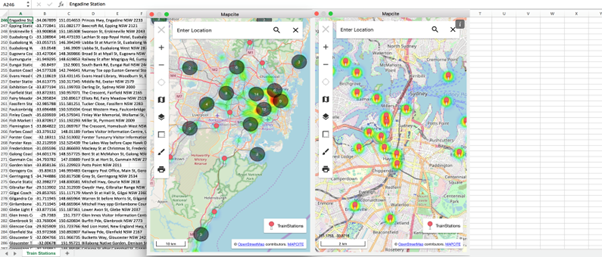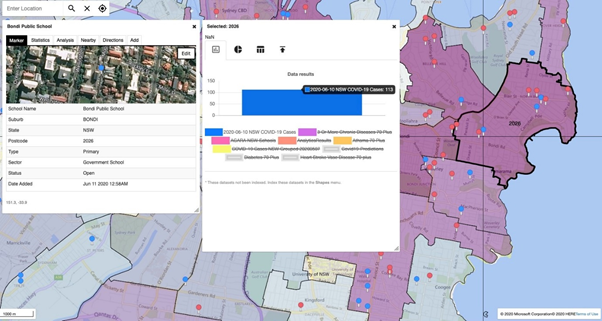There’s a new kid on the block and they are smart, agile, engaging, and insightful. Their name is SpatialCRM.
Over the course of a few decades there have been new terms and solutions appear in the technology sector, not the least of which includes the Internet, Email, SaaS, CRM, Mobility, Cloud, Social Networking, and many more. All are characterised by a distinguishing feature of capability of some sort. Make room for one more called SpatialCRM which will shortly be taking the world by storm, due in part to COVID-19.
COVID-19 has entered all our lives in a pervasive manner that no-one really could foresee, with a key component being that of location. This pressing need to address location, both from a personal and a business perspective, has elevated the value of “where” in terms of insight. Whilst the health reasons for location are now quite easily understood, the understanding of the business drivers for adoption of geolocation capability have somewhat lagged behind.
Everything Happens Somewhere! Looking out of your window you will immediately see that there are an almost limitless number of Somethings, all of which have a Somewhere. SpatialCRM capability enables organisations to capture and present the many millions of Somewhere (location data) and their associated Somethings, in a manageable and easily understood manner. This is a challenging problem that has never been comprehensively solved, until now.
Businesses customer data generally resides in a Customer Relationship Management (CRM) system which provides a record of customer and prospect interactions. That data can be extracted and analysed in order to better inform sales and marketing activities. This is exactly what CRM systems were originally designed to do: they track who, what, and when. What they don’t generally track is “where”? SpatialCRM offers a solution to this challenge by managing data through the organisation of information based on the location with which the data is associated.
There have been attempts to address the “where” challenge by incorporating some basic geospatial mapping into traditional CRM systems. However, that extra dimension is merely another single attribute that requires its own category and by itself does not enable better insight. Changing the paradigm of CRM systems to have the customer location as the focal point can provide much broader and yet more relevant insights.
The use cases for SpatialCRM are many, including fraud and risk management, resource optimisation, and customer service/engagement. Knowing the “where” attributes can feed extra dimensions into understanding your customers by knowing not only their address but also:
- Who and how many reside at the property
- Whether they own the property
- Value of property
- Size of the property
- Types of local schools
- Proximity to fire, flood, coastal erosion
- Proximity to competitors
- Social, economic, and cultural demographics
- Crime statistics
Plus much, much, more.

As a result of processing the data that is available relative to a location, a much more informed view can be gained for risk assessment, targeted marketing, service logistics, and customer acquisition. Deriving these data insights is possible using SpatialCRM for every residential and commercial property in the country. A simple example might be that crime is on the increase in specific localities, which suggests a potential market for home security products.
This is the new paradigm of SpatialCRM; not just adding a map to an existing CRM but making “where” the focal point.

